Category: General

Acura RSX name confirmed for upcoming electric SUV
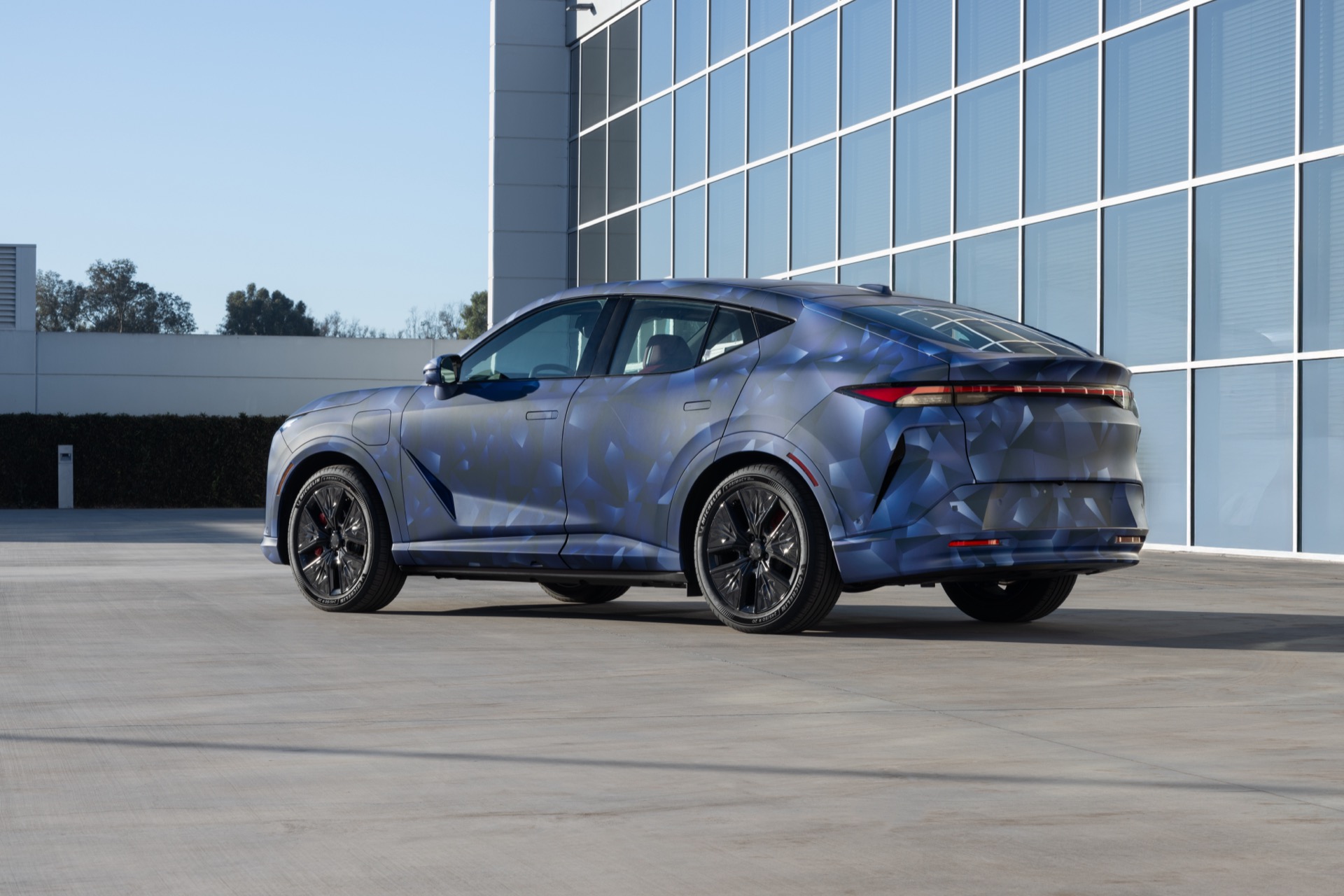
- Acura’s second EV will be the RSX
- The RSX will be a fastback crossover SUV built in Ohio
- The RSX will feature Honda and Acura’s next-gen operating system called Asimo
Acura will add a second electric SUV to its lineup this year, this time designed in-house, and once again recycling a name from the brand’s past.
The automaker announced Wednesday that its next electric vehicle will be called the RSX, a name previously attached to a sporty coupe sold in the U.S. from model years 2002 to 2006. The original RSX was actually the fourth-generation Acura Integra, and was sold under that name in other markets. Acura has since brought back the Integra name in the U.S. for a gasoline compact hatchback, freeing up the RSX name for other uses.
Acura explained the use of the RSX name as being appropriate thanks to the coupe-like styling of the new electric SUV—inspired by the Acura Performance EV concept first shown during 2024 Monterey Car Week. A teaser image of a camouflaged prototype, released ahead of the start of public-road testing, does indeed show sleeker-than-average styling.
The new RSX joins the Acura ZDX, a larger electric SUV that recycles the name of a short-lived gasoline model that was one of the first “SUV coupes.” But where the ZDX is based on a General Motors architecture, the RSX is slated to be the first production model based on a dedicated EV platform that will also underpin the Honda 0 Series EVs from Acura’s parent brand.
In addition to the EV architecture—which is designed for slimmed-down packaging—the RSX will also mark the production launch of a new operating system called Asimo for future Acura and Honda EVs. Named after the humanoid robot that provided trade-show entertainment starting in the early 2000s, it’s intended to enable more sophisticated infotainment and driver-assist features.
The electric Acura RSX is scheduled to enter production in Ohio later this year. Honda has long had a presence in the Buckeye State, but it’s retooling and reconfiguring facilities there to build large numbers of EVs. That includes not only the RSX and future Honda 0 Series models (the first of which is scheduled to arrive in 2026) but also the Afeela 1 from the Sony Honda Mobility joint venture.

Telo electric truck to feature solar panels from Aptera
- The tiny Telo MT1 electric truck will be available with solar panels
- The solar panels will add 1-2 kwh of energy to the battery per day
- Aptera, which hasn’t yet delivered its electric three-wheeler, will supply the solar panels
The tiny Telo MT1 electric pickup truck will be able to recoup some range from the sun thanks to solar panels supplied by another electric-vehicle hopeful: Aptera.
Telo on Wednesday announced plans to offer Aptera-supplied solar panels in three kits. These include a rooftop option that integrates panels with the cab, a solar tonneau cover, and a solar camper shell. The panels can generate up to 200 watts at peak sunlight, adding 1-2 kwh of battery charge per day, according to Telo.
This should help improve the efficiency of what California-based Telo already claims is the world’s most efficient electric truck.
Unveiled in 2023, the MT1 also contrasts current electric pickups with compact proportions. At just 152 inches long, it’s about the same length as the outgoing Mini Cooper SE two-door hatchback.
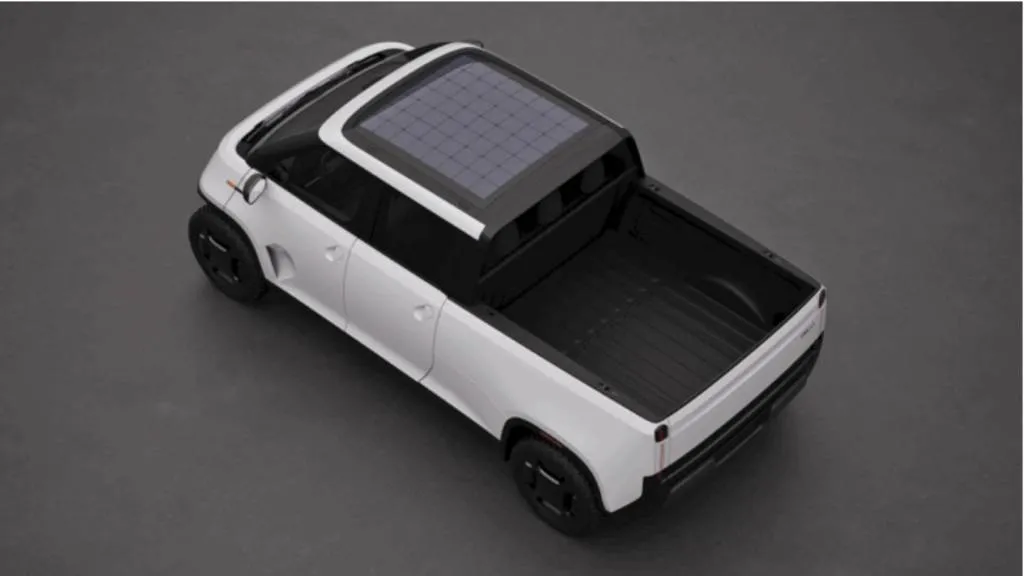
Telo electric truck with solar panels from Aptera
Telo asserts that the MT1 is not toy truck, though. It promises seating for five adults and a 60-inch bed with a mid-gate for accommodating longer items—including a 4×8 sheet of plywood or 9-foot surfboard. Telo is also targeting up to 350 miles of range with an optional Long Range pack and 6,600-pound towing capacity with an optional 500-hp dual-motor powertrain. The Standard pack and base single-motor rear-wheel-drive powertrain deliver 260 miles and 300 hp, respectively.
Solar panels will be available for pre-order later this year, but Telo is now accepting pre-orders for the truck itself for $152. Pricing is set at $41,250 for the single-motor version and $46,019 for the dual-motor version, plus $3,980 for the bigger battery pack. Telo said a prototype truck is currently being built, but hasn’t said when it expects to start customer deliveries.
Aptera has said that integrated solar panels will minimize the need for charging of its high-efficiency three-wheel EV, but has struggled to get that vehicle into production. After announcing a 400-mile Launch Edition version in 2023, Aptera confirmed in October 2024 that it had only just completed the first production-intent vehicle, taking it a step closer to an actual salable vehicle but still not quite there.

BMW, Genesis, Lucid, and JLR gaining Tesla Supercharger access soon
A brace of luxury brands are slated to get Tesla Supercharger access soon.
Tesla recently updated the NACS page on its website to show BMW, Genesis, Lucid, and JLR (incorporating Jaguar and Land Rover) on the “coming soon” list of automakers supporting the Tesla’s Superchargers. Specific timing isn’t listed, however.
After Ford kicked things off in 2023, most major EV brands announced plans to adopt the NACS standard. The SAE also finalized NACS as a true standard later in the year, an effort that was backed by the Biden administration, ensuring that more NACS connectors will be installed outside the Supercharger network, putting American on the path to a single fast-charging standard for electric vehicles.
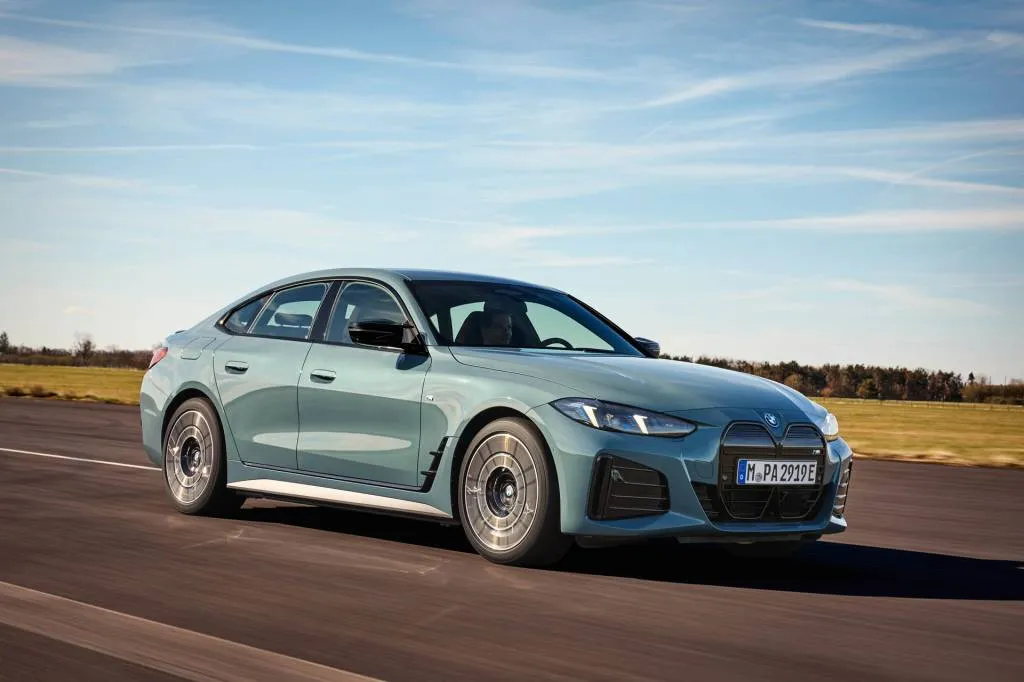
2025 BMW i4
Ford, General Motors, Nissan, Polestar, Rivian, and Volvo have already rolled out Supercharger access and made arrangements for adapters that allow existing EVs with CCS ports to connect to Supercharger stations.
The 2025 Hyundai Ioniq 5 has been confirmed as the first EV from a major non-Tesla brand to be built with a NACS port, and Hyundai, which is the parent brand of Genesis, has said it will ship free adapters for its existing EVs later this quarter. Hyundai’s other brand, Kia, said late last year that it would open up Supercharger access Jan. 15, but would only provide free adapters to customers who purchased certain models toward the end of 2024.
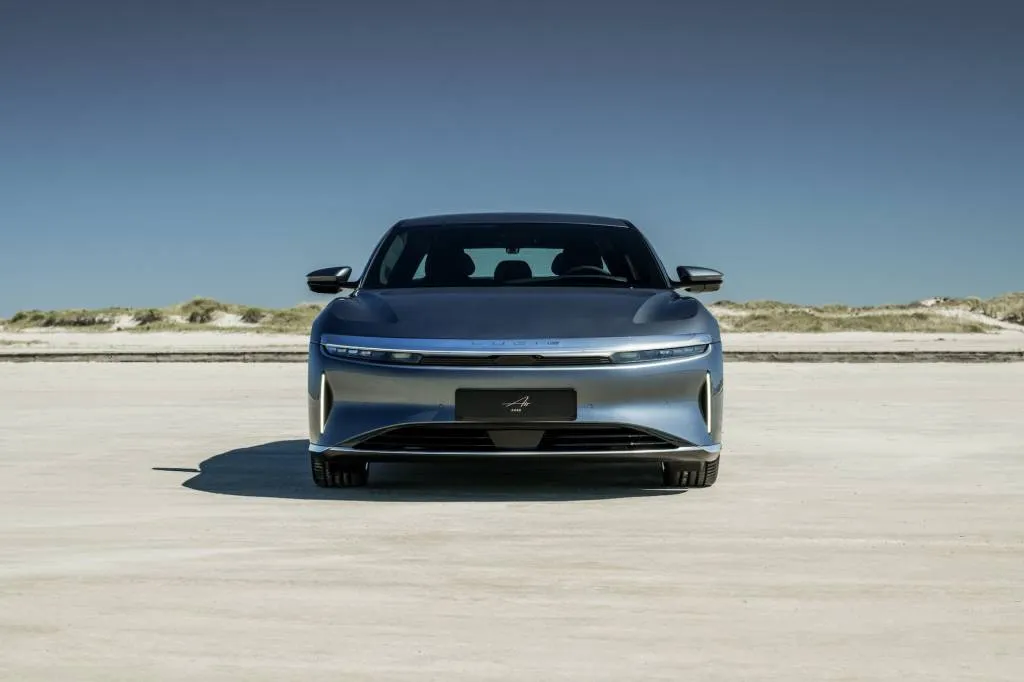
2025 Lucid Air Pure
Mercedes-Benz also confirmed earlier this month that it would launch Supercharger access in February. Unlike most other brands, this will require a dealership visit to install updated software (as opposed to an over-the-air update), in addition to an adapter.
While not shown on Tesla’s website yet, Volkswagen is reportedly planning to rollout Supercharger access to its EV customers in June or July, with the later date due to a wait for adapters.

2025 Mercedes-Benz EQS SUV gets price hike, more standard equipment
The 2025 Mercedes-Benz EQS SUV sees a small price increase for the new model year, but few other changes.
After remaining unchanged for the 2024 model year, pricing for the entry-level rear-wheel-drive EQS 450+ rises $850 to $106,400. All prices include a mandatory $1,150 destination charge that’s unchanged for 2025.
This single-motor version generates 355 hp and 429 lb-ft of torque. An all-wheel-drive EQS 450 4Matic version is also available, adding a front motor and an extra 161 lb-ft of torque (horsepower is the same) for $3,000 more. A dual-motor EQS 580 4Matic model also remains available, boosting output to 536 hp and 633 lb-ft of torque for a starting price of $129,350.
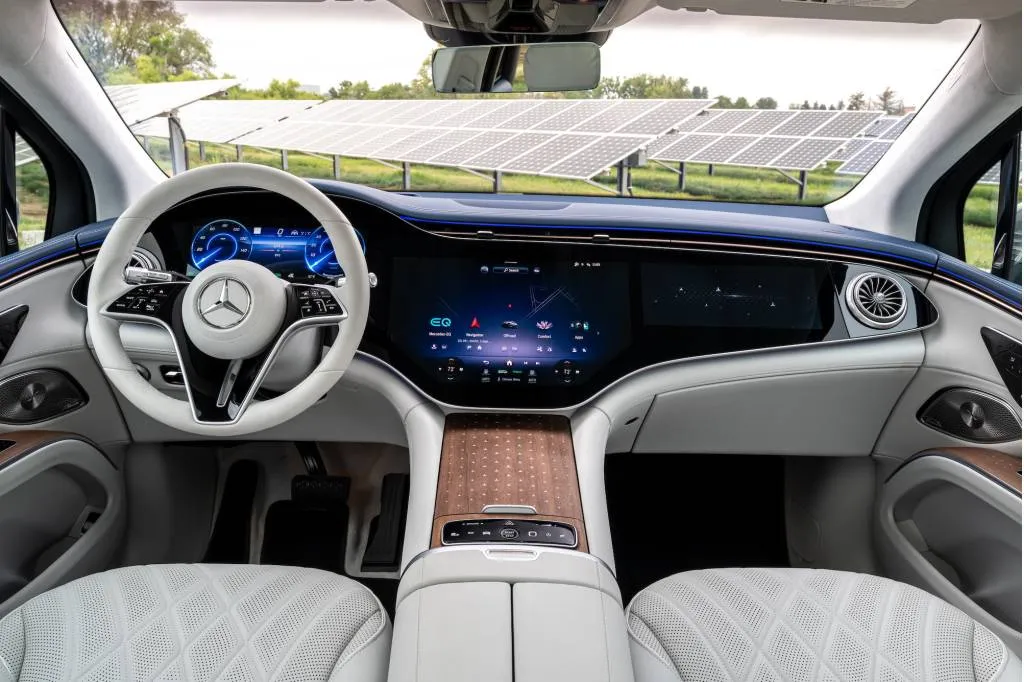
2025 Mercedes-Benz EQS SUV
The Maybach EQS 680 tops the lineup at $181,050, boasting 649 hp and 700 lb-ft of torque, and more opulent accoutrements inside and out. Those include available reclining rear seats with a center-armrest champagne cooler, two-tone paint, and a more traditional grille similar to what’s been applied to the EQS sedan for 2025.
All EQS SUV models continue to use a 108.4-kwh battery pack. The rear-wheel-drive EQS 450+ leads in EPA range, at 323 miles. That declines to 317 miles for the EQS 450 4Matic, 312 miles for the EQS 580 4Matic, and 302 miles for the Maybach version.
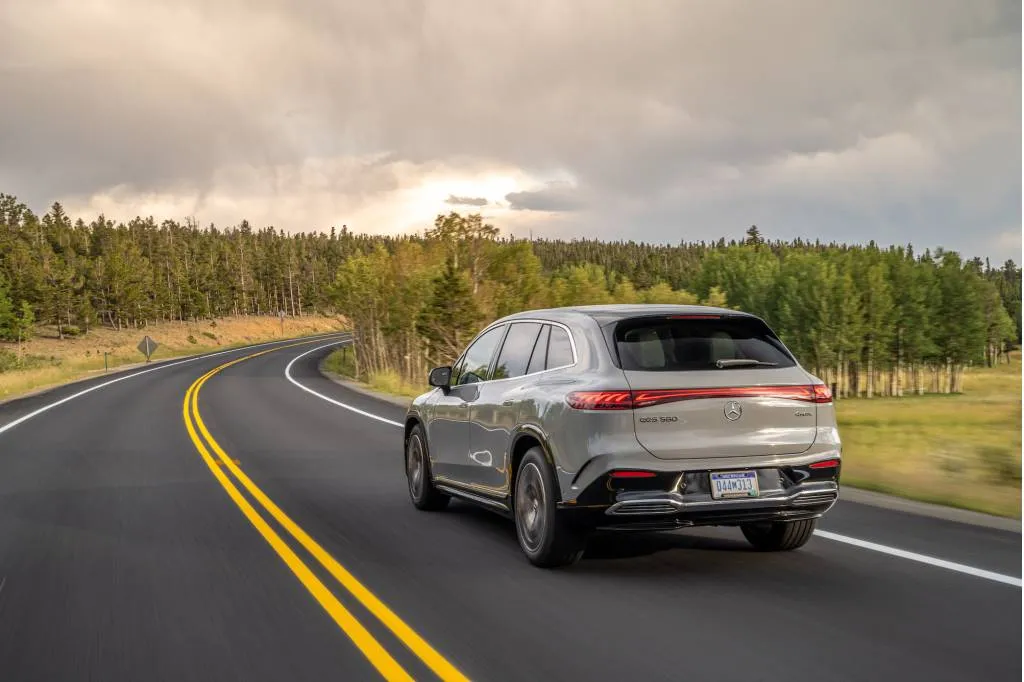
2025 Mercedes-Benz EQS SUV
Mercedes made some equipment changes. Four-zone climate control, soft-close doors, front headrest cushions, and a center airbag between the front seats are now standard, while automatic-closing doors and an air-control package with HEPA filtration are optional, along with a new Moonlight White Metallic paint color. New 22-inch wheel designs are also available for both the standard EQS SUV and the Maybach EQS SUV.
The Alabama-built EQS SUV arrived for the 2023 model year, and was good enough out of the box to make the Green Car Reports Best Car To Buy finalist list. It’s one of four related models, along with the EQS sedan and the smaller EQE SUV and sedan, that formed Mercedes’ first wave of dedicated EVs. They’re set to be joined by a new generation of smaller models—starting with the 2026 Mercedes-Benz CLA.

Ford’s EV battery pack could stay put for module replacement
Ford is looking at ways to make electric vehicle battery packs easier to repair—especially as their cooling systems become more advanced—a patent filing indicates.
The document, which was published by the United States Patent and Trademark Office (USPTO) Dec. 12, 2024, after being submitted by Ford Jun. 12, 2023, details how battery modules could be replaced without removing the entire pack from the vehicle. This could reduce repair costs and could be greener, potentially allowing some packs to be rehabbed with new modules rather than replaced.
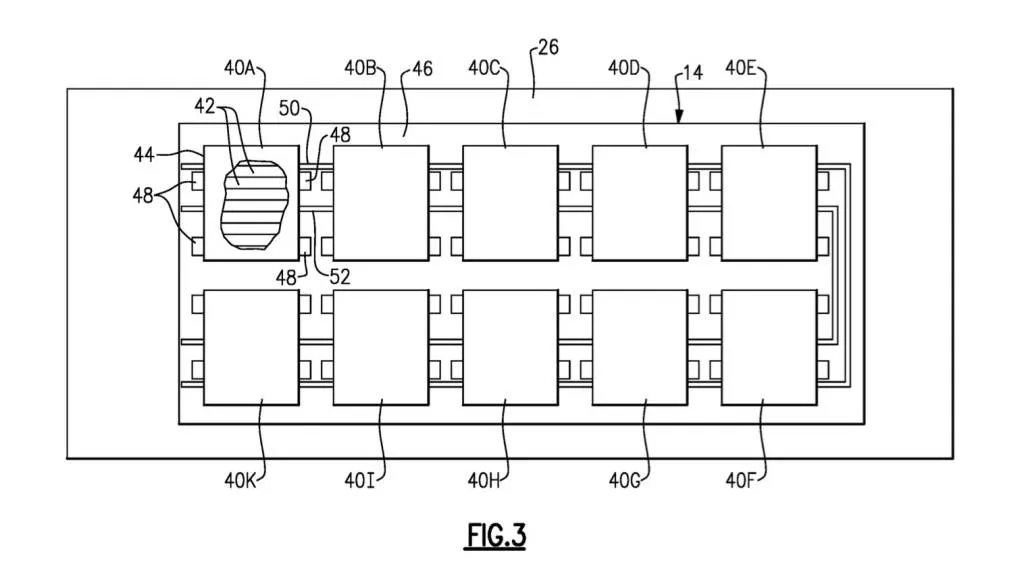
Patent image of Ford battery pack designed for easier module replacement
Ford discusses retaining the common layout of a battery pack mounted under the floor, with multiple modules that in turn contain multiple battery cells. Electrical terminals with removable caps and spring-loaded connectors would allow modules to be removed as needed.
The patent filing also mentions immersion cooling, in which battery components are directly cooled by a non-conductive fluid that won’t cause electrical shorts. Immersion cooling is a relatively new idea in EV development, as most modern EVs even with liquid cooling use the coolant outside modules and/or with a cooling plate. But this necessitates additional hardware that makes accessing battery modules more complicated.
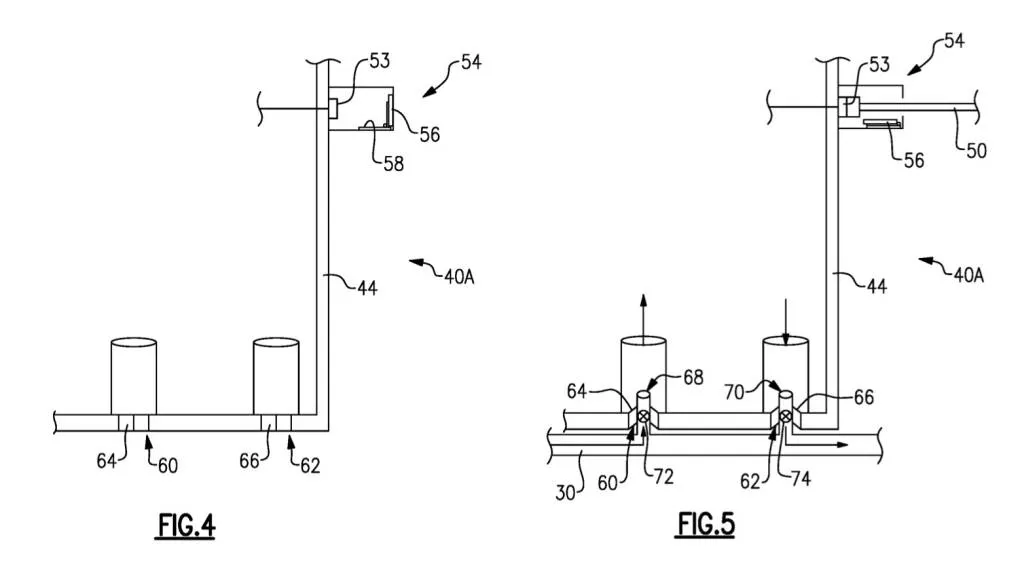
Patent image of Ford battery pack designed for easier module replacement
Other automakers, such as Mercedes-Benz, have considered going the other way completely, toward air-cooling. The physical configuration of cells and modules is also being considered, with General Motors looking at different cell arrangements to maximize cooling and Canoo designing a structural battery pack with modules interconnected with the vehicle frame and cooling system.
It’s new territory. Rimac is one of the only companies that has detailed a true immersion cooling system that thermally conditions each cell at multiple points (the Cybertruck might qualify for this description too, but Tesla has not yet detailed the system). Bringing such tech to the mass market may help Ford get a jump on others—even Tesla.

Jaguar plans to close the loop on recycling seat foam
JLR is looking to use recycled content in seat foam to further lower the environmental impact of its future electric cars.
The automaker announced in November that it’s working with chemical company Dow and seat specialist Adient to recycle polyurethane seat foam, a difficult task that means most of the material usually ends up in landfills, according to JLR. The automaker aims to start testing recycled seat foam in pre-production vehicles later this year.
Recycled foam will be one element of a “circular seat” made from material that can be easily recycled, which is estimated to halve the carbon dioxide emissions associated with production of current seats, according to JLR.

JLR tests recycled seat foam
Increased emphasis on reusing materials rather than discarding them, the foundation of what’s called the “circular economy,” is the focus of a dedicated JLR research lab. Researchers at this lab have found that a major obstacle to reuse is the difficulty of separating individual materials when a car is disassembled, either because of how their attached to each or because of mixed-material use in certain components.
Besides seats, other areas where Jaguar is looking to improve are front-bumper foam, where JLR is testing a new formulation with a reduced number of polymers for easier recycling, and aluminum body panels. In the latter case, JLR worked with suppliers to reuse scraps from the stamping process in new panels.
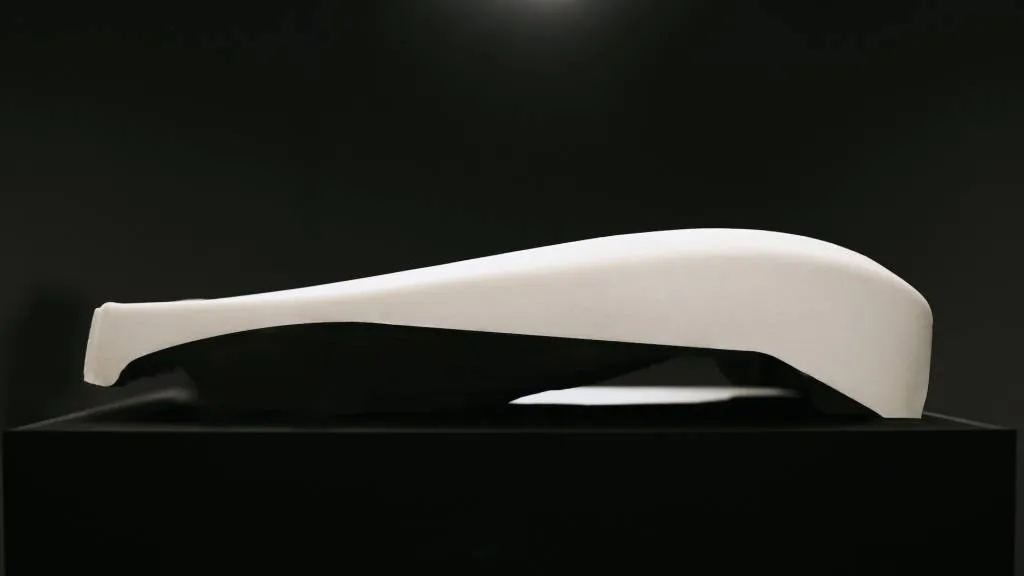
JLR tests recycled seat foam
JLR isn’t the only automaker thinking along these lines. Over a decade ago, Ford began incorporating renewable materials—including recycled jeans—into sound insulation for its vehicles. In 2021, BMW showed a concept car based on the idea of a circular economy, which the automaker claimed was made from 100% recycled materials and was itself 100% recyclable.
Such efforts are especially important for electric vehicles, as their lack of “tailpipe” emissions makes emissions from production a more significant part of their overall carbon footprint. JLR aims to make its Jaguar brand all-electric within the next few years, starting with a six-figure GT car inspired by the Type 00 concept shown at the end of 2024, with electric Land Rover models planned as well.

2025 Ford F-150 Lightning carries on for $65,090
The 2025 Ford F-150 Lightning electric pickup truck carries over without major changes. For now at least, that includes prices—remarkable, given the unpredictably of Lightning pricing since the truck’s launch.
Ford substituted 2024’s Avalanche paint color for Space White Metallic, but the least-expensive Lightning is still the fleet-oriented Pro model, which starts at $47,780 with the mandatory $2,095 destination charge.
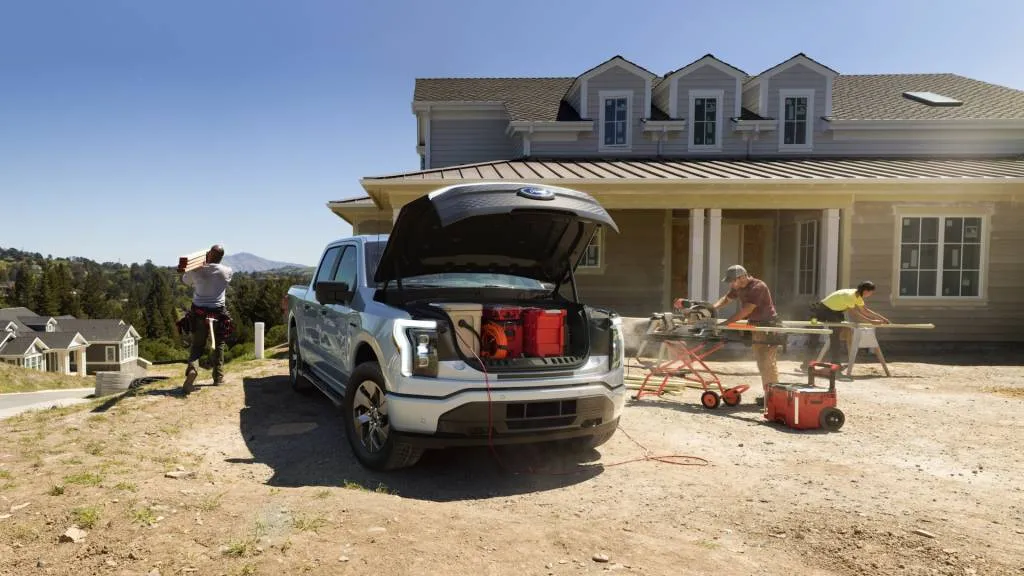
2025 Ford F-150 Lightning
For non-fleet buyers, the lowest-price Lightning is the XLT, which still starts at $65,090 with destination. The Flash grade introduced for the 2024 model year is positioned above the XLT at $70,090 with destination, while the more luxurious Lariat and Platinum grades remain at $79,090 and $87,090, respectively.
All versions of the Lightning are still configured with dual-motor all-wheel drive and a crew cab with the same bed length, but with two battery options and outputs. Versions with the 98-kwh Standard Range pack make 452 hp while models with the 131-kwh Extended Range pack produce 580 hp, with 775 lb-ft of torque in either case. EPA range is unchanged at a maximum 240 miles for the Standard Range pack and 320 miles for the Extended Range pack.
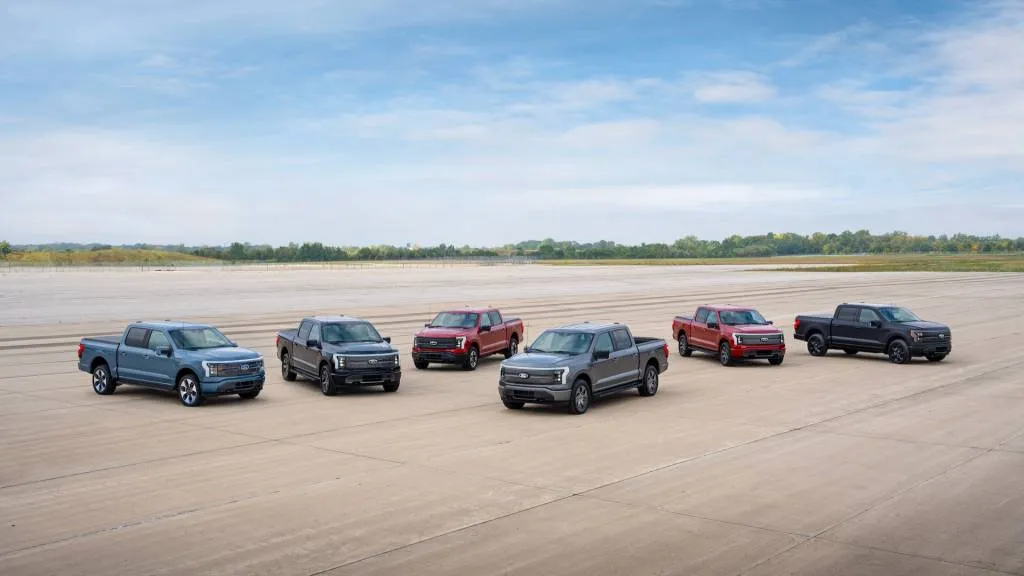
2025 Ford F-150 Lightning
Don’t be surprised if current prices change, as they have fluctuated substantially in the past. In 2024 alone, Ford initially cut prices on top-trim versions, but increased prices for the rest of the lineup at the beginning of the year. It then essentially reversed itself a few months later with price cuts of up to $5,500.
Those cuts came after high prices hurt demand for the Lightning, something Ford initially tried to address with a production slowdown in late 2023. Production was then paused at the end of 2024 amid a reset of Ford’s EV plans.

Rivian’s dreaming up heated headlight lenses
Rivian is looking to patent heated headlight lenses to help increase the performance of the lighting on its electric pickup trucks and SUVs in snow, ice, and rain.
The LED headlights that have become the standard in the auto industry don’t give off so much waste heat all the time as previous HID or halogen lights, which can often melt any accumulated moisture by themselves. That’s what Rivian is trying to address with this patent, which was submitted to the United States Patent and Trademark Office (USPTO) Jun. 21, 2023, but only published by that office Dec. 26, 2024.
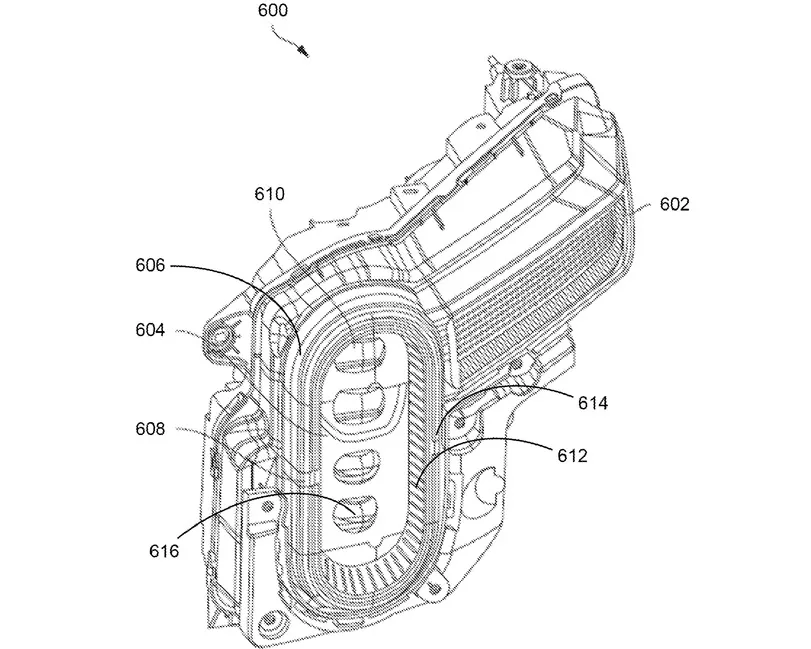
Rivian heated headlight patent image
In that document, Rivian discusses adding a layer of carbon nanotube material to the outer lens of a headlight. This would be surrounded by a silver bus-bar heating element, which would transmit heat to the nanotube layer, warming it and in turn allowing it to melt anything accumulating on the headlight lens.
Carbon nanotube material is comprised of tube-shaped lattices of carbon atoms less than a nanometer in diameter—hence the name. Carbon nanotubes are known to gave good thermal conductivity, which might explain Rivian’s choice of the material here.
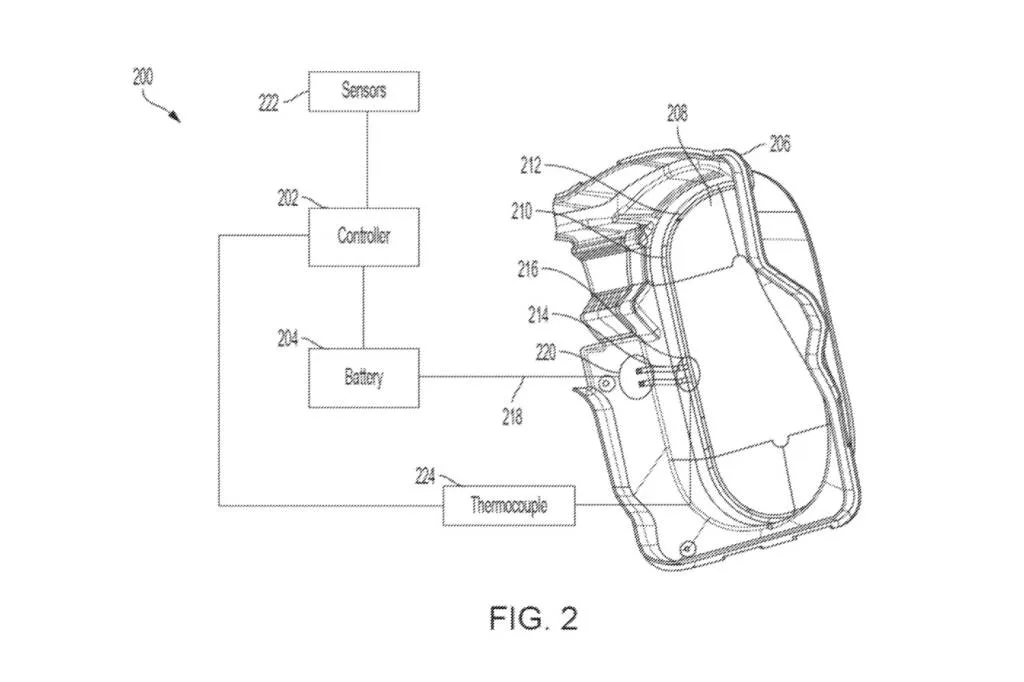
Rivian heated headlight patent image
There’s been much talk of the importance of heated seats, and even heated seat belts, in EVs as a more efficient way to fight cold temperatures with minimal additional energy draw. But this is more about lighting technology than powertrain technology, specifically the need to clear LED lighting elements of accumulated precipitation that could partially block them.
Not all patented ideas reach production, and it’s unclear how much of a priority heated headlights are for Rivian right now. The automaker is preparing to start production of its more-affordable R2 electric SUV in 2026 and open a new Georgia plant by 2028, with the latter expected to receive a boost from a $6.6 billion federal loan.

Tesla recalls over 230,000 vehicles due to rearview camera issue
Tesla is recalling 239,382 electric vehicles because of rearview camera displays that could fail.
The recall includes 2024-2025 Tesla Model 3 and Model S sedans and 2023-2025 Model X and Model Y crossovers. Circuit boards in these vehicles could short out, causing a loss of the rearview camera image, according to the NHTSA. A functioning rearview camera is required under Federal Motor Vehicle Safety Standard (FMVSS) number 111.
The short-circuit condition occurs due to reverse current on startup, according to the NHTSA. If this happens, drivers will see a blank screen after shifting into reverse, and will have to rely on shoulder checks and mirrors when backing up, the safety agency said.
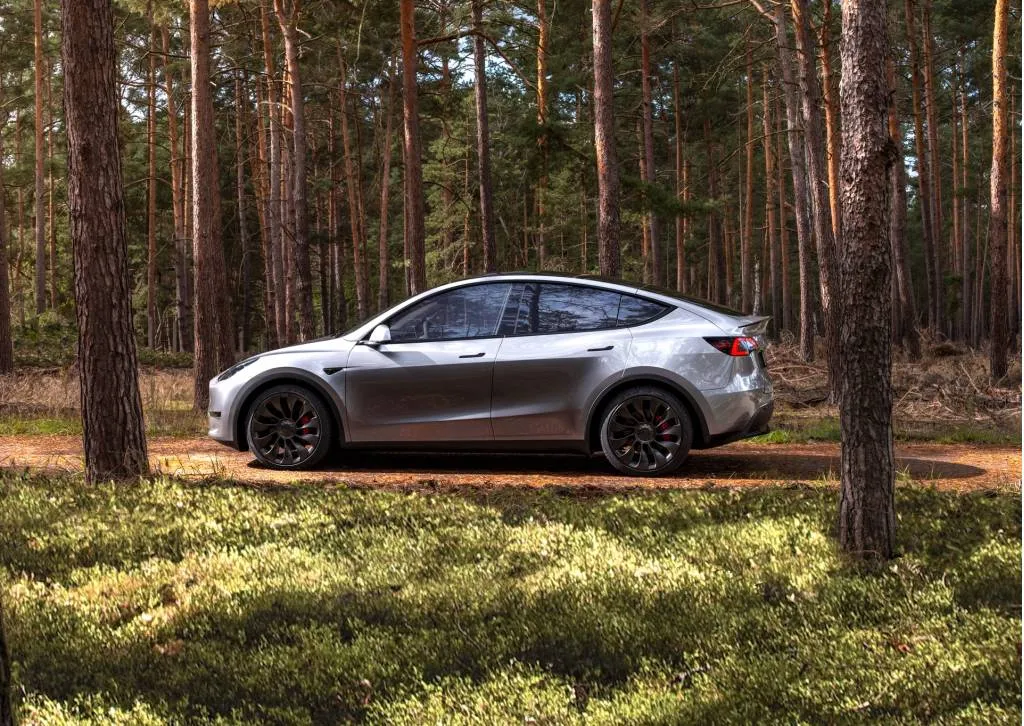
2024 Tesla Model Y. – Courtesy of Tesla, Inc.
Tesla estimates that just 2% of the recalled vehicles actually have this defect. The automaker has identified 887 warranty claims and 68 field reports related to this issue, but it told the NHTSA that it’s unaware of any related collisions, injuries, or fatalities.
Tesla released a free over-the-air (OTA) software update to address this issue, but will also work to identify vehicles with circuit board failure, or component stress that could lead to a failure. It will then replace the affected computers in those vehicles, also free of charge.
The automaker expects to mail owner notification letters Mar. 7, 2025. In the meantime, owners can also contact the customer service department at 877-798-3752. Tesla’s reference number for this recall is SB-25-00-001.
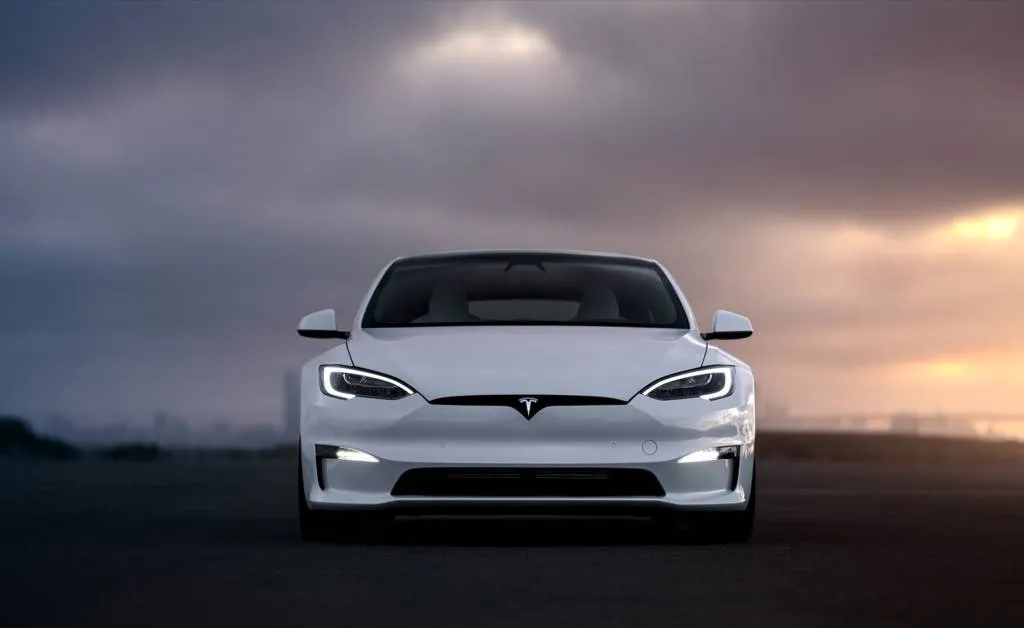
2024 Tesla Model S. – Courtesy of Tesla, Inc.
While this recall can be at least partially addressed through an OTA update that doesn’t require a service-center visit, that isn’t always the case with Tesla recalls. The automaker just recently recalled a small number of Model S and Model X EVs for an airbag issue that requires replacement of the airbag. Hardware, rather than software, issues were also behind many of the seven recalls of the Tesla Cybertruck during its first year on sale.
The NHTSA also recently announced a preliminary investigation of 2.6 million Tesla electric vehicles with the Actually Smart Summon remote driving feature. That follows another federal probe, opened in October, of 2.4 million Teslas equipped with what the automaker has termed Full Self-Driving, after reports of four crashes and one fatality related to that system.

2025 Tesla Model Y Juniper debuts in China with Cybercab vibe
- The Tesla Model Y is receiving its first refresh since debuting six years ago
- The updated Model Y is expected to arrive in the U.S. this spring
- Tesla sales were down in 2024
Following its refresh of the Model 3, Tesla has released an updated version of the Model Y crossover, codenamed Juniper, though only for the Chinese market right now.
Deliveries in China and other Southeast Asian countries begin in March, but U.S. availability has not been announced yet. North American deliveries are anticipated to begin this spring, which would make the Model Y Juniper a late 2025 model.
This marks the first major update of the Model Y since it debuted in 2019. It’s noticeable thanks to exterior styling changes that seem to have been inspired by the Tesla Cybercab, including a chiseled front end, small, angular headlights, and a thin light bar running across the leading edge of the hood. At the back, a continuous light strip unites the third brake light with the taillights.
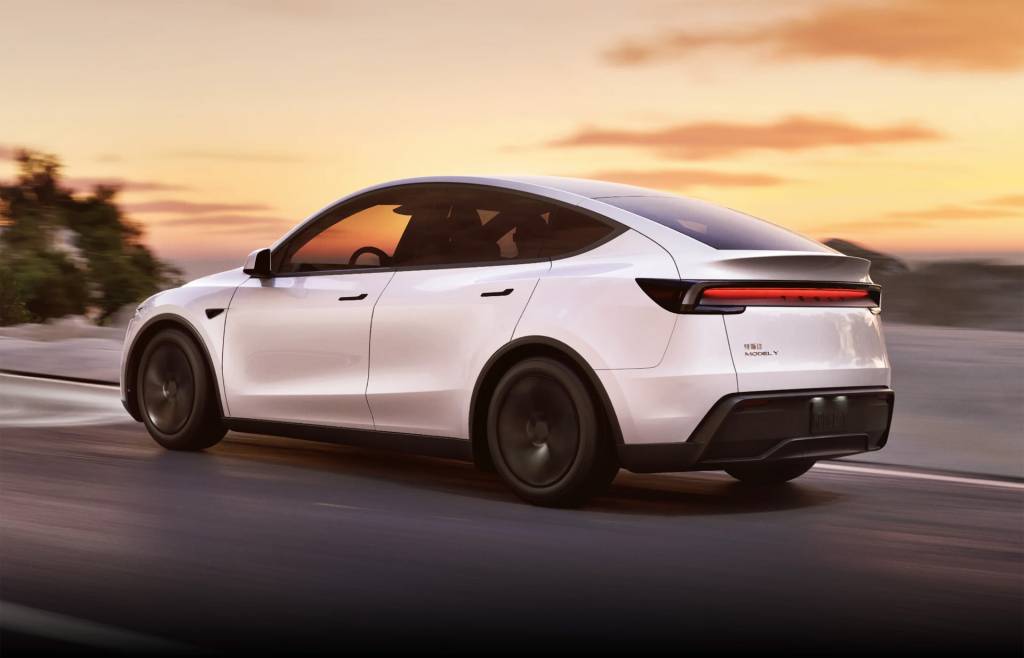
2025 Tesla Model Y (China spec)
Inside, Tesla is claiming similar changes to the recent Model 3 update, codenamed Highland, introduced in 2023. These include a quieter cabin, ambient lighting and purging of control stalks. Heated and ventilated seats are now available as well, along with a touchscreen for rear-seat passengers.
While not detailed here, the updated Model Y is expected to benefit from suspension changes similar to the Model 3 which we found produced a more refined ride. We also saw better fit and finish in the refreshed sedan, something that will hopefully apply to the Model Y update as well.
For the Chinese market, Tesla also increased range and made the Model Y quicker. The base single-motor rear-wheel drive version now delivers 295 hp and gets from 0-62 mph in 5.3 seconds, compared to 5.9 seconds before. A 62.5-kwh battery pack delivers an estimated range of 368 miles on the Chinese test cycle, up from 344 miles before.
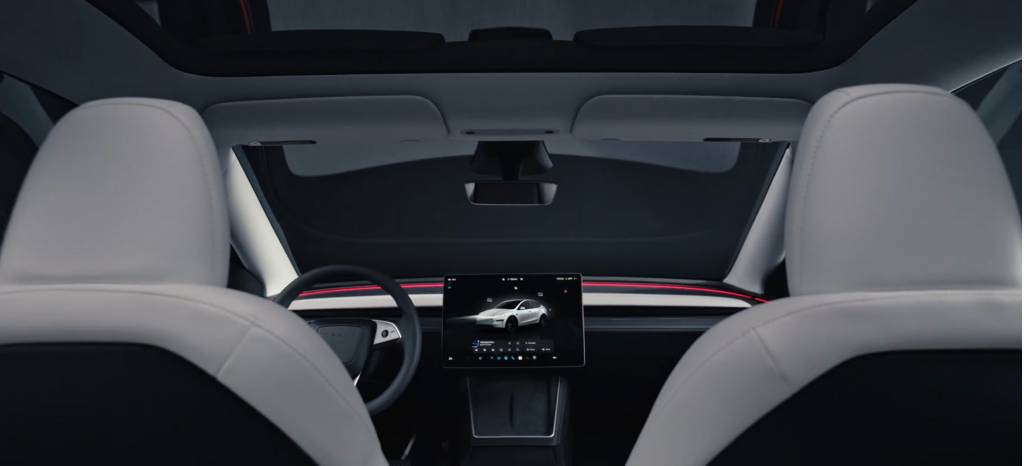
2025 Tesla Model Y (China spec)
The dual-motor all-wheel drive version, with a 184-hp motor at the front and a 260-hp motor at the rear gets from 0-62 mph in 4.3 seconds (compared to 5.0 seconds previously) and returns 446 miles of range on the Chinese test cycle (up from 428 miles) with a 78.4-kwh pack.
For reference, the U.S. Model Y lineup currently consists of single-motor and dual-motor Long Range variants and a dual-motor Performance grade. The Model Y Performance does 0-60 mph in 3.5 seconds, while maximum EPA estimated range of 337 miles is achieved in single-motor Long Range form.
Tesla sales fell in 2024, and it likely continued to lose market share as more EV competitors arrived. The Model Y has generally been the automaker’s bestseller, so this update will be an important factor in arresting that decline.
